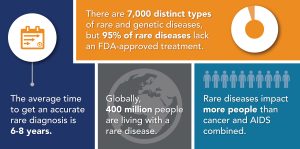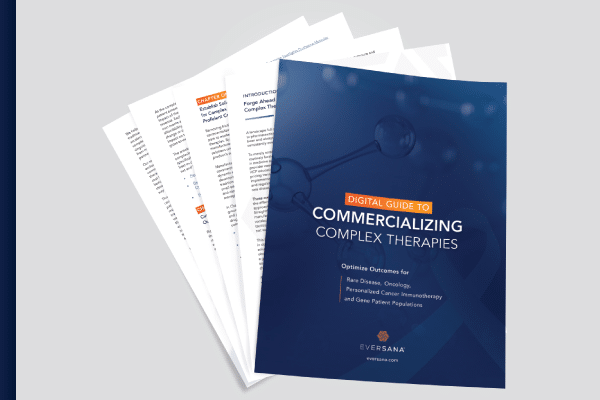Leveraging AI to Advance Rare Disease Patient Identification and Commercialization
Today we have access to more data from more sources than we could ever dream possible. The need for data is elevated as diagnosis becomes a race against time and the pipeline for innovative new therapies continues to grow. In 2019, the FDA approved 22 drugs and biologics with orphan drug designation. In 2020, they approved 31. As this pipeline expands, manufacturers have a responsibility to the patient to ask themselves – How do we cut down that time to diagnosis?
Delays in rare disease diagnosis can be an understandable result of provider expertise. Providers may see one or two rare cases in a year — or in a career, which is not enough to refer to or look for diagnostic criteria to find patients who may be hiding in HIPAA-compliant data.
Harness the Power of Data
With machine learning that enables the synthesis of disparate data sets to provide greater insight into the patient journey and the disease progression, manufacturers can help bridge the gap between data aggregation and execution. When manufacturers leverage RWD to generate RWE (from electronic medical records, claims, physician and nonclinical data, etc.), they can inform the start of the patient journey – not just the end. From this, a data-driven pull-through for patient care will be possible. With the power of aggregated data, manufacturers can give providers the data they need for a broader, more efficient diagnosis experience.







